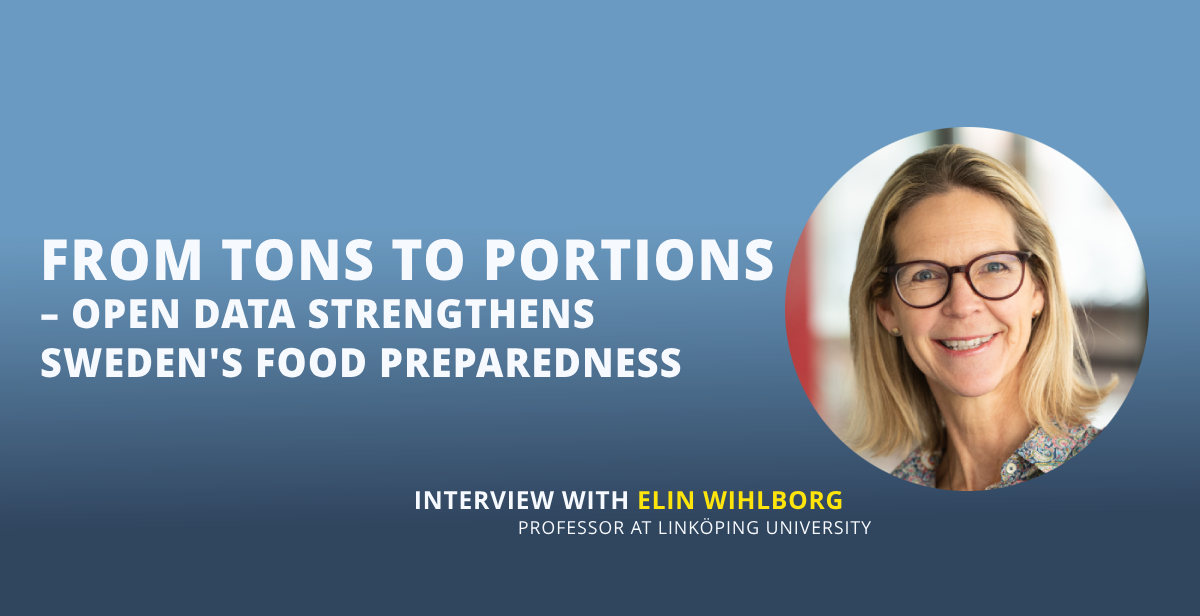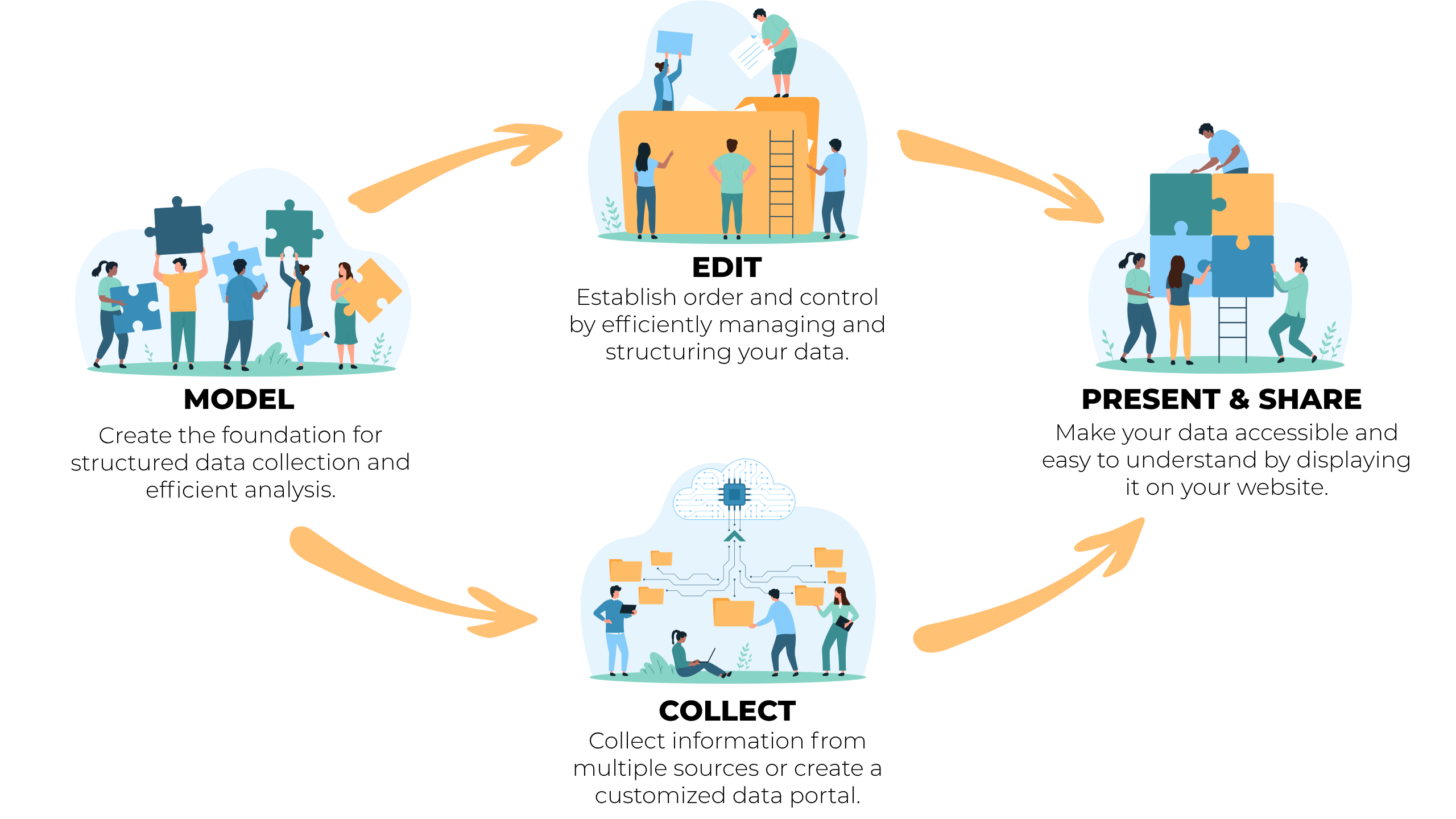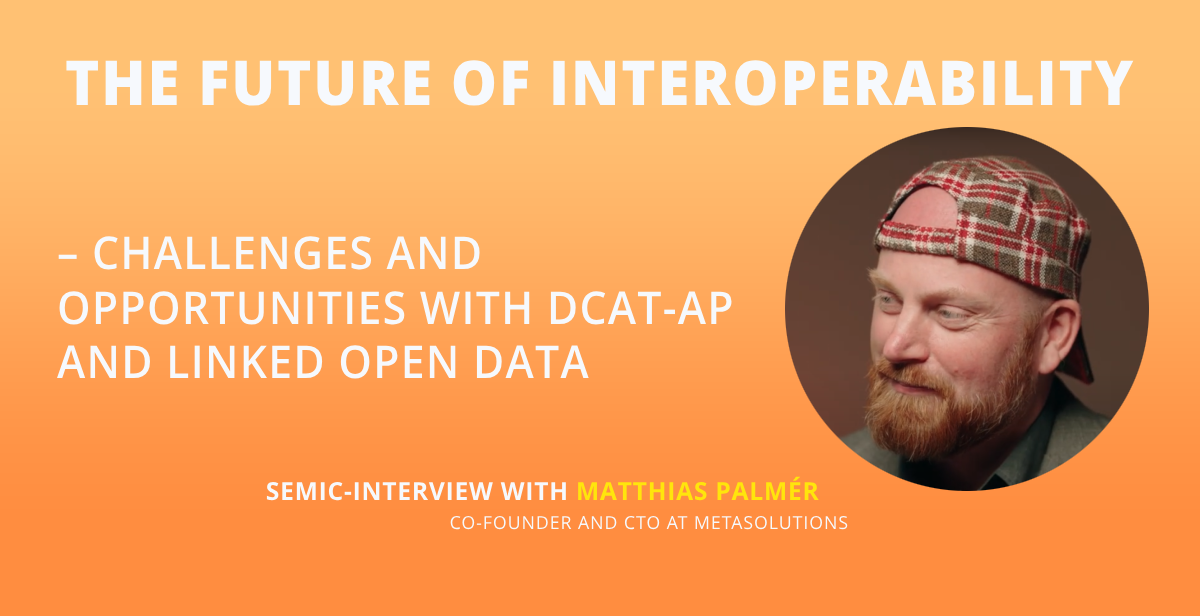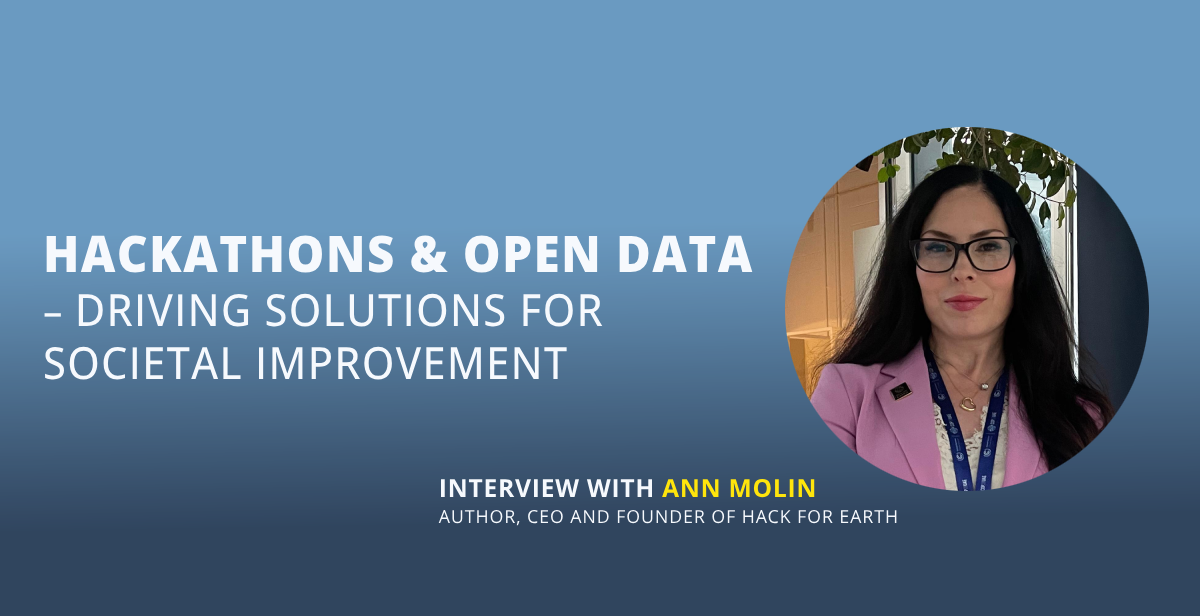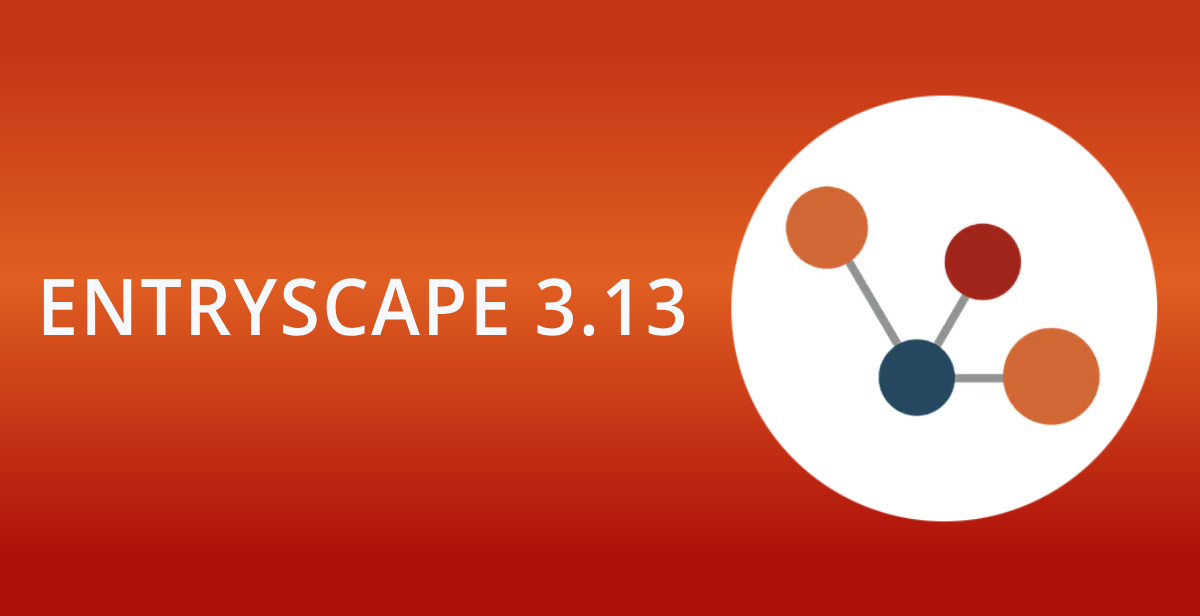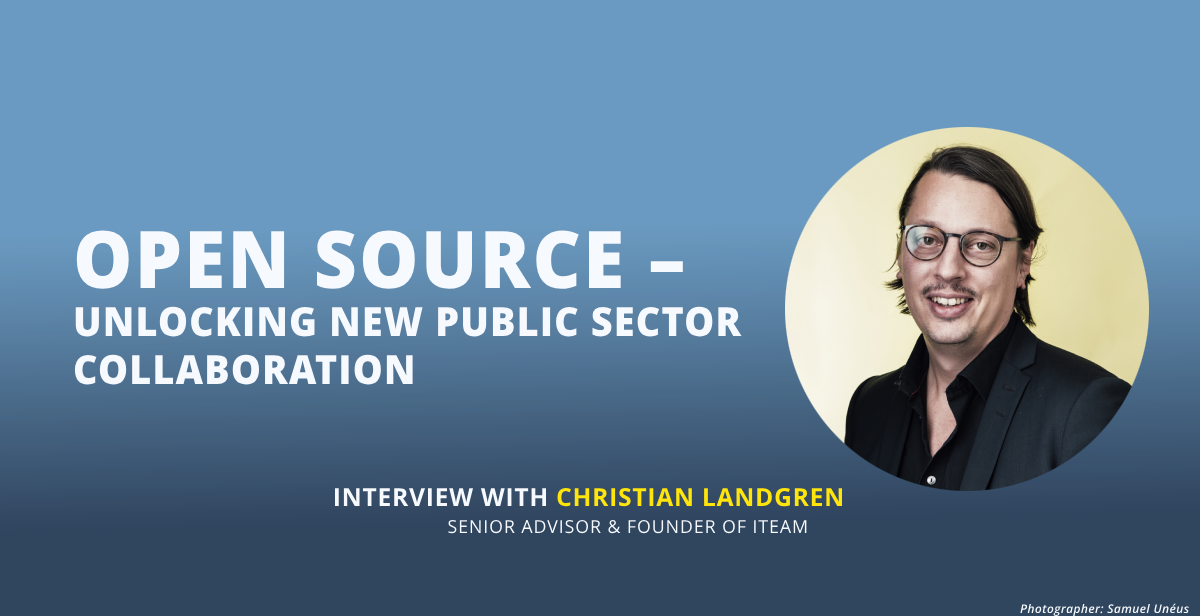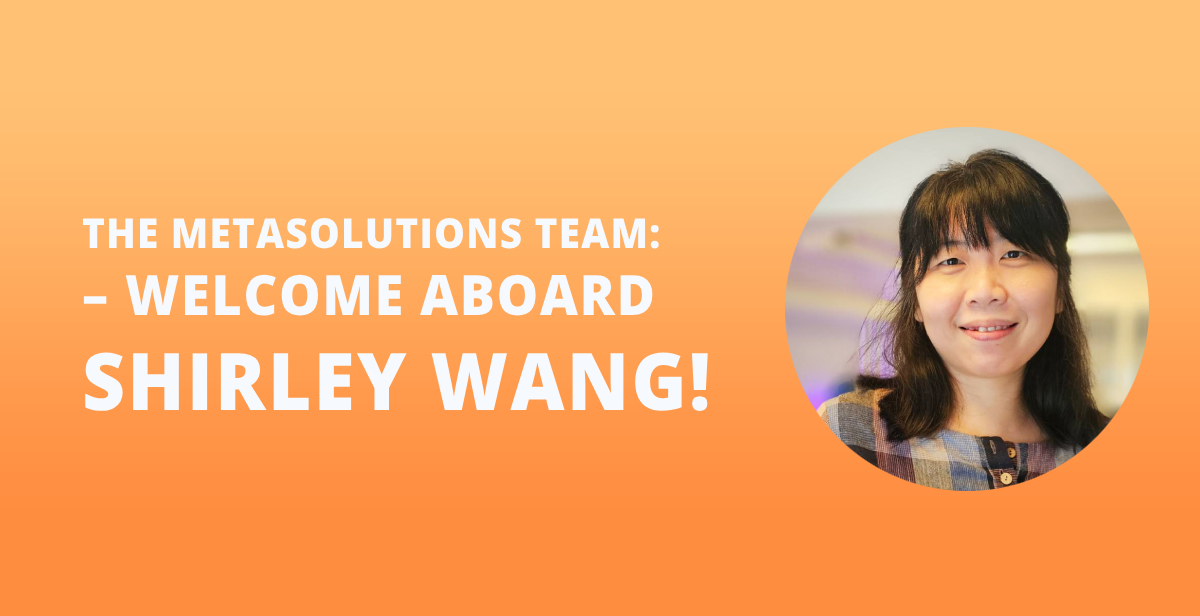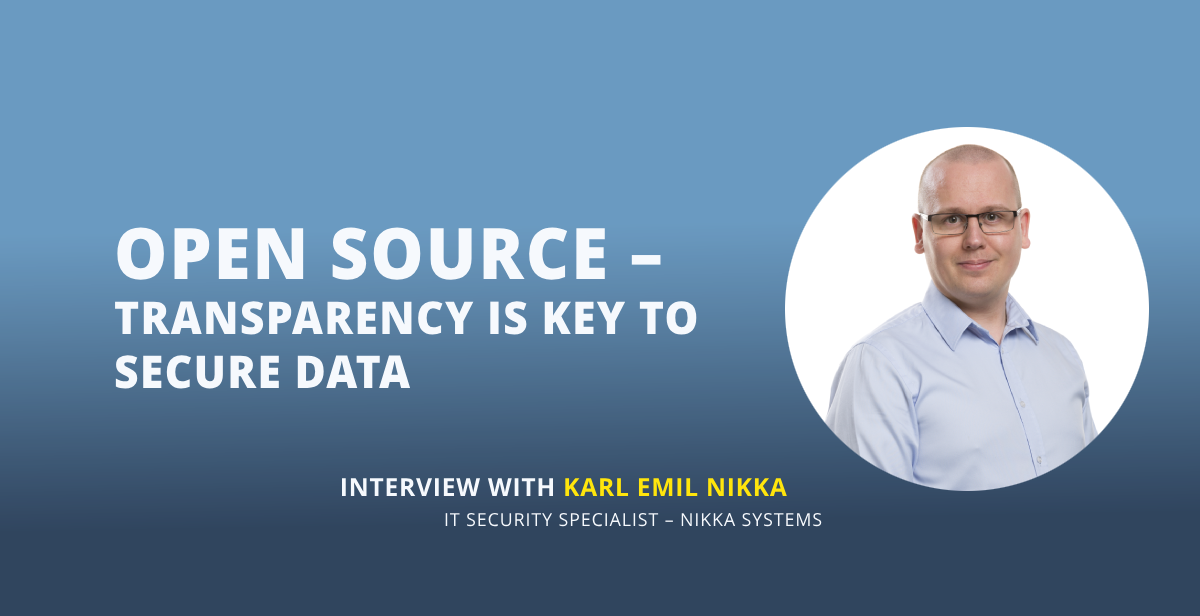We know how many tons of potatoes and how many kilograms of fish are produced in Sweden, but we do not know where or when they are produced – or how far they will actually last in portions when the crisis hits. By rethinking and linking data to actual meals, rather than just kilograms of raw materials, we can better prepare for future challenges. “We need to know what food actually means in terms of portions and satiation, not just weight“, says Elin Wihlborg, professor at Linköping University.
Sweden’s current food data is inadequate to deal with crisis situations. This is according to Elin Wihlborg, professor of political science at Linköping University, whose research focuses on how digitalization can make society more resilient and sustainable. Together with her research colleague Sofia Hamberg, she has produced a scientific article that analyzes how open data can be used to improve food preparedness in Sweden. The project was carried out in collaboration with researchers in food science at Örebro University, Grythyttan campus, and the company ARTA Systems AB.
Read this text in Swedish? Click here.
The article “How on earth do we get food on the table?” is based on a series of workshops with local stakeholders in Örebro County. The aim was to understand how available data on food production, distribution and consumption can be used to create a more robust food supply in crisis situations.
– We wanted to explore how open data can contribute to better crisis preparedness in the food supply, but we quickly realized that the available data is both fragmented and difficult to use, says Elin Wihlborg.
A prototype for a resilient food supply
To make their work more concrete, the researchers developed a platform for visualizing and structuring food resource data. The goal was to create a tool that would allow decision-makers and other stakeholders to easily see how resources could be used in a crisis. But the process revealed major gaps in how data is currently collected and managed.
– What we saw was that data was scattered among different actors. The Swedish Food Agency has its data, the Swedish Board of Agriculture has another, and the municipalities have a third, explains Elin Wihlborg.
– In addition, it is not linked to consumption. We know how many tons of fish are caught, but not how many meals it can actually provide.
An example from the project is the way data on potatoes is presented. Today, we can see that a certain amount of potatoes are being produced, but that information doesn’t tell us how many stomachs that potato feeds and what other foods are needed along with the potato to make it a complete meal.
– If we knew instead that each kilo of potatoes, together with X amount of food A, B and C, would make five meals, we would have a completely different picture, says Elin Wihlborg.
To solve these problems, Elin Wihlborg and her colleague propose a consumption-oriented way of collecting and organizing data.
– We need to think about meals, not just production, she says.
– If we know, for example, that one kilogram of wheat flour can be used to make 15 slices of bread, or that 1,000 kilograms of potatoes together with 1,000 kilograms of fish can feed 5,000 people, then we can better plan how we use our resources.
A focus on consumption would also make it easier for stakeholders to work together, says Elin Wihlborg.
Read also: Open data for maximum social benefit
– Today we speak different languages when it comes to data. If we have a common standard that links production to meals, we can streamline both distribution and crisis planning.
Open data – a key to crisis preparedness
An important theme in Elin Wihlborg’s research is the value of open data as Sweden goes digital. By making food data more accessible, more actors, from municipalities to companies, can participate in creating a more resilient society.
The report suggests three actions to use data more effectively:
- Collect data with a focus on consumption
Data should be linked to concrete units, such as number of servings or nutritional values, rather than just kilograms and tons. - Build interoperable systems
Data from different actors must be linked and visualized to be useful for practical decisions. - Develop collaboration platforms
Digital tools can facilitate collaboration and planning by making data available to all actors in the food chain.
Elin Wihlborg and Sofia Hamberg plan to apply for further research funding to continue their work on open data and preparedness in the food industry. Among other things, they want to develop standards for how food supply data should be collected and used.
– My goal is to create a system that makes food data both accessible and usable. We have only scratched the surface of what is possible, concludes Elin Wihlborg.
EntryScape – a tool for effective information management
In the fall, the Swedish Agency for Civil Protection and Emergency Response published an updated version of its “In Case of Crisis or War” booklet, which is aimed at individuals to raise awareness of crisis preparedness and what everyone can do in an emergency. However, in order to create a broader and more coordinated preparedness, effective solutions are also needed for how data is managed and shared between different stakeholders. This is where tools such as EntryScape, developed by MetaSolutions, can play an important role.
With EntryScape, communities and government agencies can better prepare by collaborating on information modeling, interoperability, and data sharing – both restricted and open data. The platform enables data-driven emergency preparedness, using timely and relevant data to provide a clear picture of roles, responsibilities and resources during a crisis or disaster.
In addition, solutions like EntryScape enable citizen engagement by sharing information and creating the conditions for proactive participation, strengthening the resilience of society as a whole. To help you get started, EntryScape offers a free version, EntryScape Free, which makes it easy for stakeholders to get started with basic data sharing.
Read more about EntryScape Free and how to get started here.

